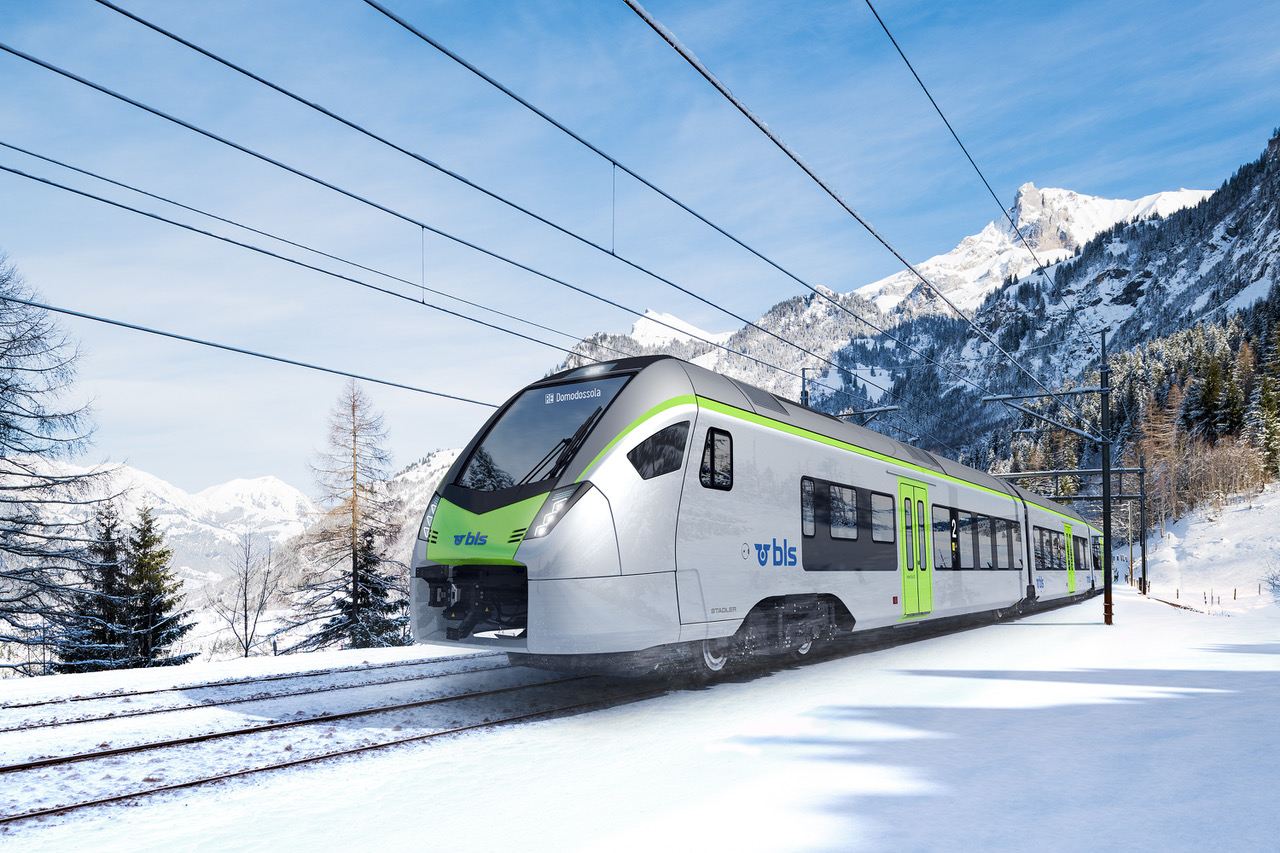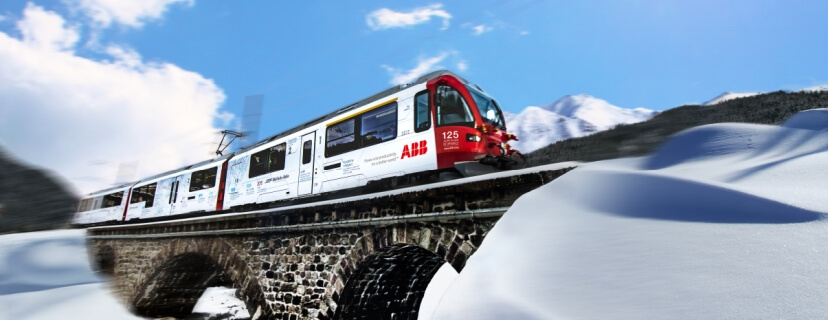
The initial results of the investigation into head-on collision between two trains on a regional service in Bavaria which left at eleven men dead and approximately 80 injured have been released in a press conference in Munich.
The initial investigation has found that the accident was the result of human error. The third of three black boxes was found and recorded the route of the trains, speed variations (braking and acceleration), train driver activity and interventions by the automatic train control systems. An unnamed 39 year old male dispatcher is being investigated for negligent homicide, bodily harm and dangerous intervention in rail traffic. He is said by Public Prosecutor Jürgen Branz that he is in a safe location but is not “doing well”. Drugs and alcohol have been ruled out as contributing factors.
According to German newspaper Der Spiegel, the dispatcher incorrectly issued a special signal, the ZS1, which features three white dots to dignify to the train driver that he may ignore the main signal ahead, which in this case was a red light.
An area controller who opened the track to two trains tried to warn the drivers, but failed to do so in time. Because the trains were on a bend, they could not see each other until it was too late. According to the investigators, the question remains as to who was able to intervene to prevent the accident and when, and what failsafes failed to operate.
Prosecutor J said at a press conference today:
“Had the dispatcher acted in accordance with the rules, as bound by his duty, the accident would not have happened. A special signal was activated that shouldn’t have been… what we have at the moment is a single, terrible failure.”
The accident, which occurred at 6.48 local time on 9 February 2016 near Bad Aibling, a town 60km south-east of Munich, led to the partial derailment of both trains from the single track line. Both Bayerische Oberlandbahn (BOB) owned and operated trains were Stadler Flirts, both travelling at around 100km/h. The westbound train was an ET 355, with 158 seats, and the eastbound an ET 325 with 355 seats. At the time of the accident, the capacity of both trains was approximately 150.
The line is expected to open by the end of this week , after 120m of track has been replaced. The last of the carriages will be removed tomorrow, following which the overhead wires will be reinstalled.
























